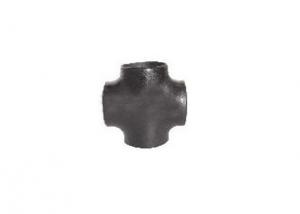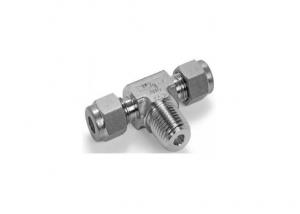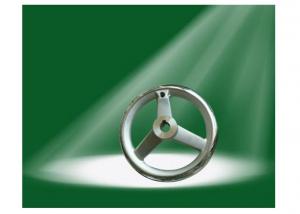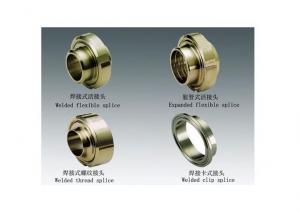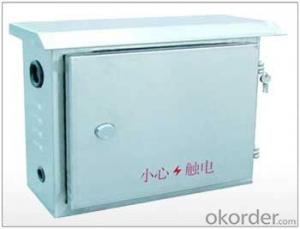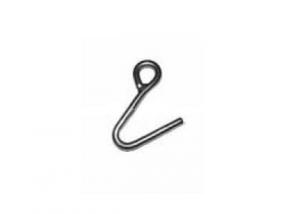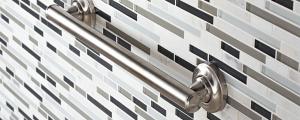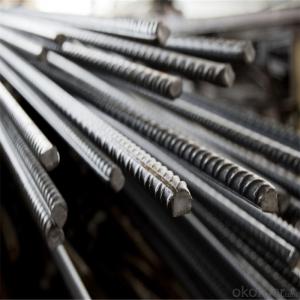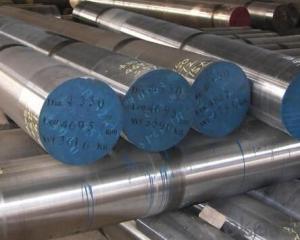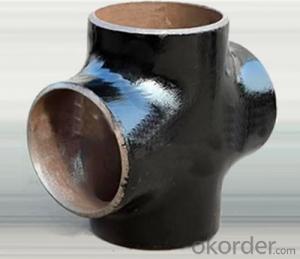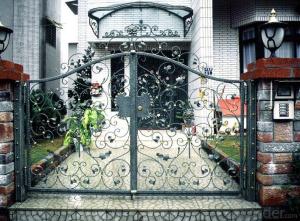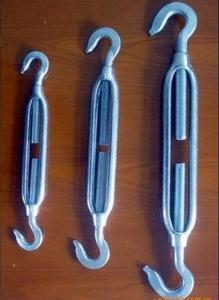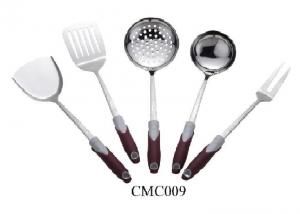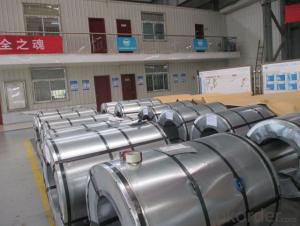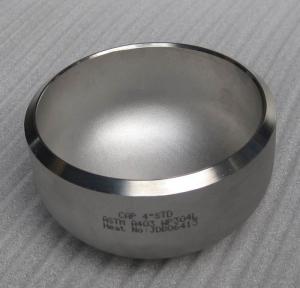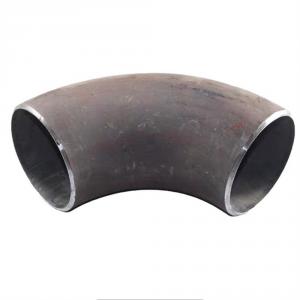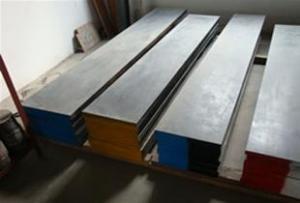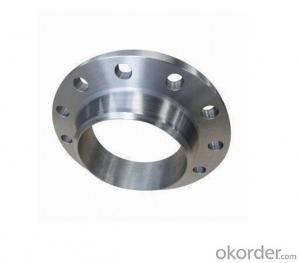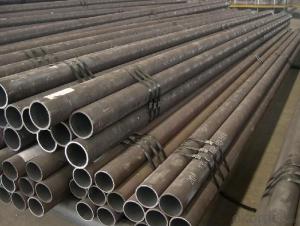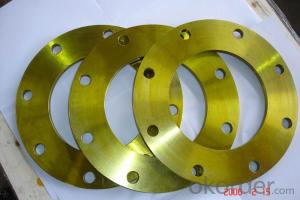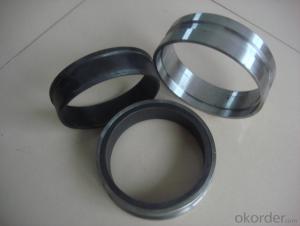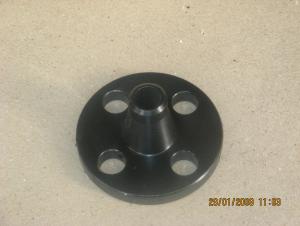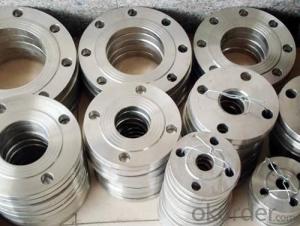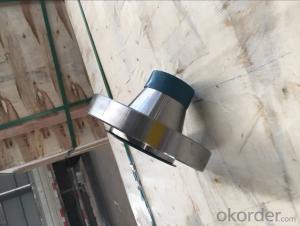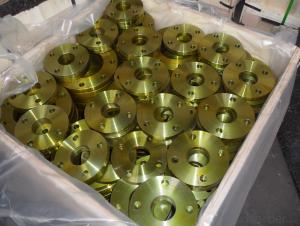Men's Stainless Steel Cross
Men's Stainless Steel Cross Related Searches
Mens Stainless Steel Cross Stainless Steel Cross Stainless Steel Crosses Men's Stainless Steel Chain Mens Stainless Steel Chain Stainless Steel Mens Chain Stainless Steel Chain Men Stainless Steel Chain Mens Men Stainless Steel Chains Stainless Steel Cross Chain Mens Stainless Steel Chains Stainless Steel Male Chastity Stainless Steel Crucifix Stainless Steel Post Stainless Steel Jewlery Stainless Steel Collar Stainless Steel Jewellery Stainless Steel Jewelery Stainless Steel Engraving Stainless Steel Belt Stainless Steel Neckless Stainless Steel Crown Stainless Steel Hardware Metal Stainless Steel Stainless Steel Chromium Stainless Steel Strap Stainless Steel Stainless Stainless Steel Elbow Stainless Steel Crowns Chrome Stainless SteelMen's Stainless Steel Cross Supplier & Manufacturer from China
Men's Stainless Steel Cross is a popular accessory that features a classic and elegant design, often adorned with intricate detailing and craftsmanship. This product is sought after by individuals who appreciate the symbolism and style it represents. The cross pendant is commonly worn as a necklace, making it a versatile piece that can be paired with various outfits for different occasions. It is not only a fashionable accessory but also carries a deep spiritual significance for many, making it a meaningful gift for friends and family.The Men's Stainless Steel Cross is widely used in various scenarios, such as religious events, casual wear, or even as a statement piece for special occasions. Its durability and resistance to tarnish make it a practical choice for everyday wear, while its sleek and modern design appeals to a broad audience. This product is perfect for those who want to express their faith or simply add a touch of sophistication to their wardrobe.
Okorder.com is a renowned wholesale supplier of the Men's Stainless Steel Cross, boasting a large inventory that caters to the needs of retailers and consumers alike. With a commitment to quality and customer satisfaction, Okorder.com ensures that each cross pendant is crafted to the highest standards, offering a reliable source for those looking to purchase this product in bulk or for personal use.
Hot Products
